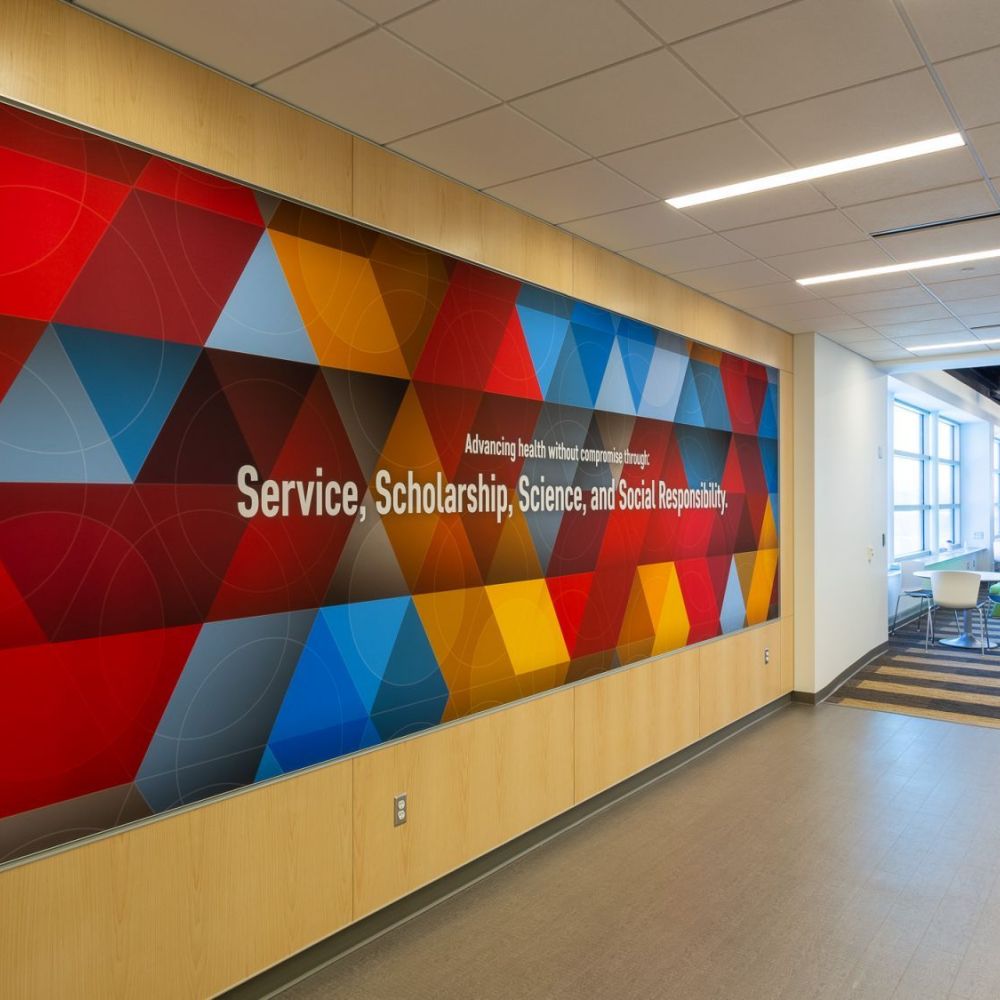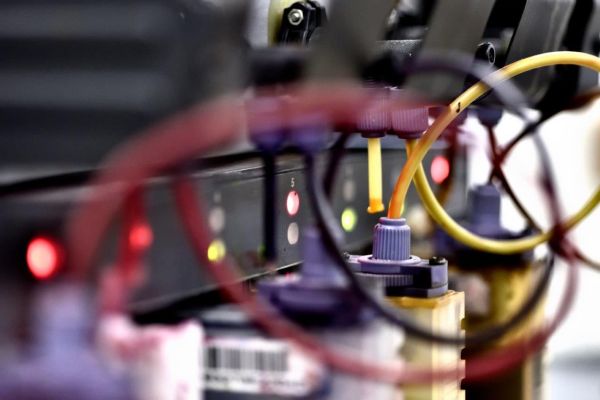Education sector

Education sector
Early childhood, primary, secondary and most tertiary providers value clever & sustainable signage. Effective execution of their individual brand identities, communication of activities, with the correct aesthetic styling requires a system that is sustainable, cost-effective and more importantly looks the part. With all this in mind, the best option is clearly OneFrame fabric signage & lightboxes.
With a wide range of applications coupled with the green attributes, Oneframe fabric printed signage is the ideal choice for those in the education sector. Applications include clever custom printed acoustic panels / wall coverings in classrooms and lecture halls for noise reduction through to directional signage, corporate identity, recruitment messaging, internal communication and campaign activity. All created with high-quality dye sublimation printed custom graphics on quick-change fabric skins.
OneFrame fabric signage solutions are also multi-dimensional. These custom-made products fit any space, wall, free-standing floor or hanging, single or double-sided, illuminated or un-illuminated. Best of all, OneFrame is New Zealand made, modern, affordable, and sustainable.
Education sector is all parts of an economy that consists of a variety of educational provider, schools, colleges, universities, charity, agencies, businesses or form of national, regional or local government that have the agreement, contract, role, responsibility and purpose of providing a form of education to members of the public.
OneFrame fabric signage & fabric lightboxes within the education sector can be delivered for the following applications:
- hero imagery
- corporate branding
- photo walls
- sponsor walls
- educational displays
- illuminated imagery & messaging
- portable signage
- acoustic wall coverings
Let's talk more about your educational organisations needs for a better signage solution. Our team would be happy to introduce you to OneFrame fabric signage displays.



